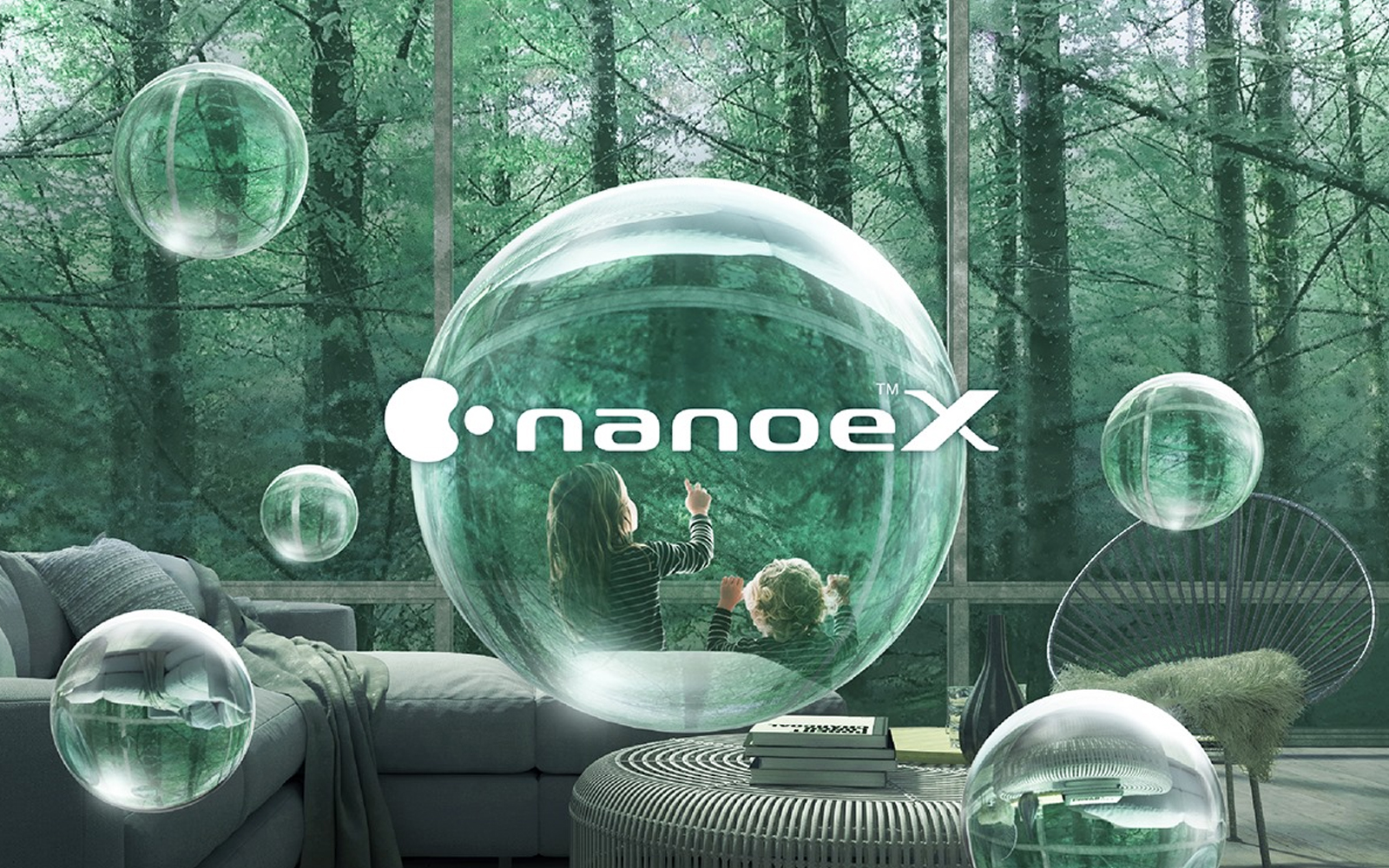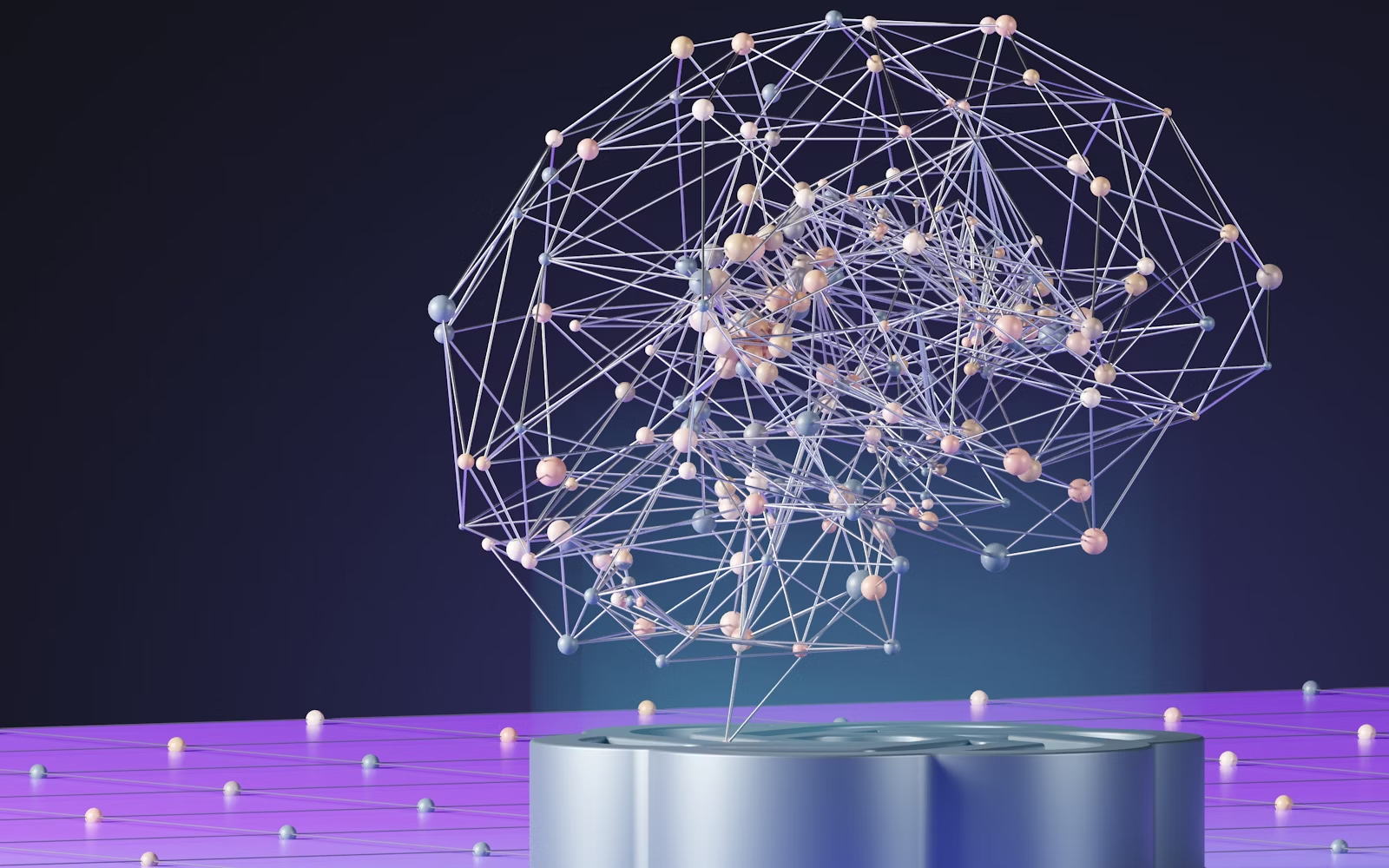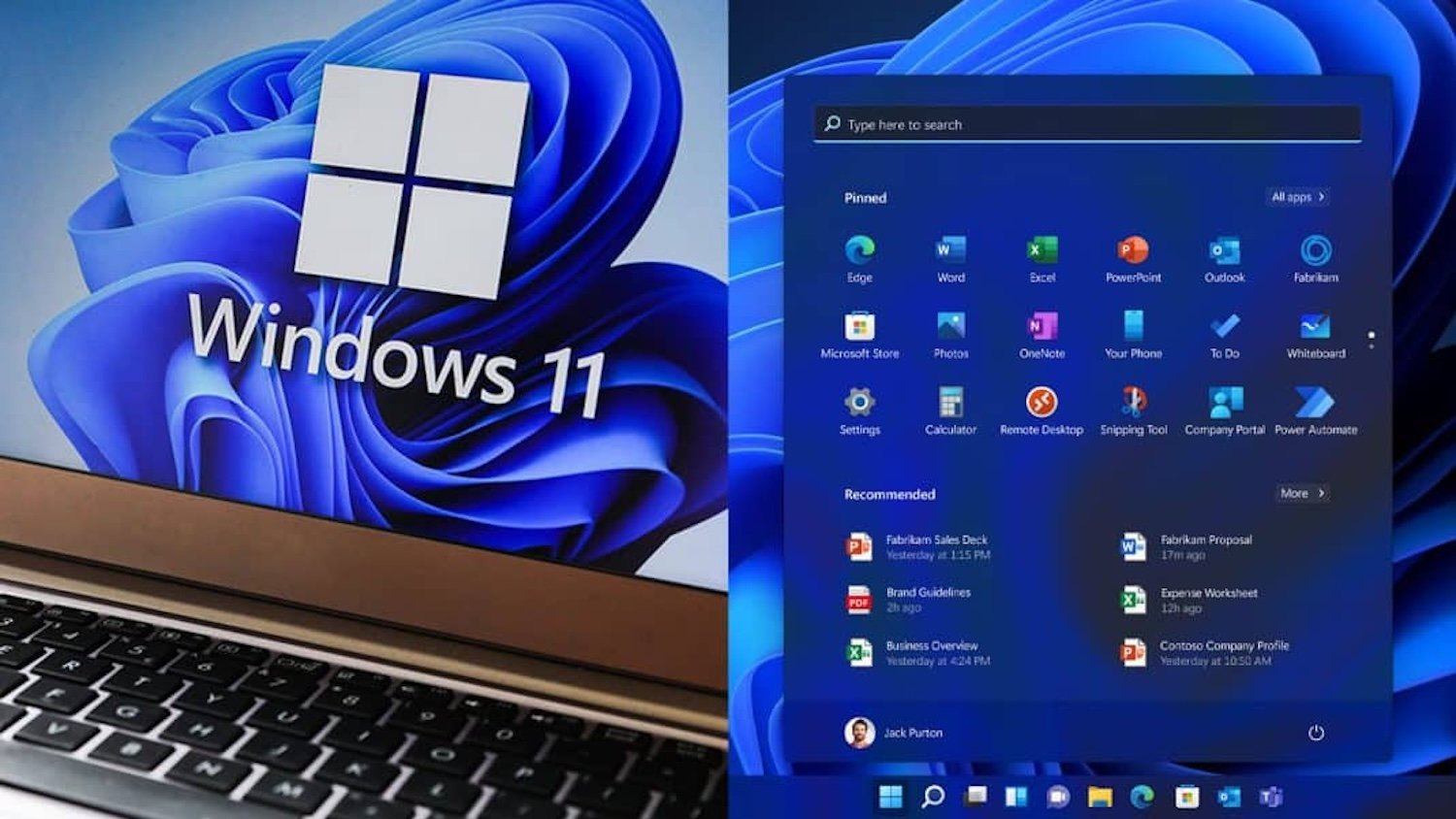
The continuous development of technology permeates every aspect of our lives. One of the main goals of many companies is to create an environment that is healthier and more conducive to our everyday pleasures. We have smart light bulbs, home assistants, and robotic vacuum cleaners.
Our health is paramount, and that’s where Panasonic’s Nanoe technology comes into focus. Inspired by nature, it brings innovative solutions that enhance air quality in households and social spaces using state-of-the-art air conditioning systems.
Nanoe technology offers a revolutionary way of utilizing airborne water nano particles in air conditioning systems to improve indoor air quality. It utilizes hydroxyl radicals – molecules that readily react with elements such as hydrogen, which they capture.
Through this reaction, hydroxyl radicals have the potential to reduce the activity of pollutants, break them down, and neutralize their unpleasant and often health-threatening effects. They not only eliminate odors, mold, and allergens from your home but also viruses, bacteria, and pollen, both from surfaces and the air itself. While the first generation of the technology was able to generate 480 billion radicals per second, the latest Mark 3 version generates up to 48 trillion radicals, further enhancing the quality of the purification process indoors.

The future of breathing
The future development of technology looks intriguing, as Panasonic aims to further tailor it to the needs of individual users. One possibility is the development of new generators capable of targeting specific types of allergens, such as pollen or dust mites, to ease the lives of allergy sufferers.
In addition to greater detail and personalization, air conditioning will naturally expand into other potential areas as well. Nanoe is already actively utilized in smart homes, automobile air conditioning systems, and public spaces like hospitals and schools, where health and clean air are prioritized.
Benefits of nanoe™ X
Panasonic has developed nanoe™ X, a technology that generates tiny atomized water particles. It utilizes electrostatic atomization to capture invisible moisture from the air and applies high voltage to produce water-containing hydroxyl radicals. The key factor lies in the presence of hydroxyl radicals within nanoe™ X.
These water particles contain a significant amount of hydroxyl radicals, which are highly reactive molecules that easily react with various substances, providing deodorizing and virus- and bacteria-inhibiting properties.
Hydroxyl radicals are typically considered to be easily deactivated when they bind to different substances in the air and have a very short lifespan.
However, it has been confirmed that the “hydroxyl radicals contained in water” have a prolonged lifespan due to their presence in water, which allows their effects to have a wide-reaching impact.
Panasonic has dedicated over 20 years of research and development to their “hydroxyl radicals contained in water” technology, which has been branded as “nanoe™ X“.


